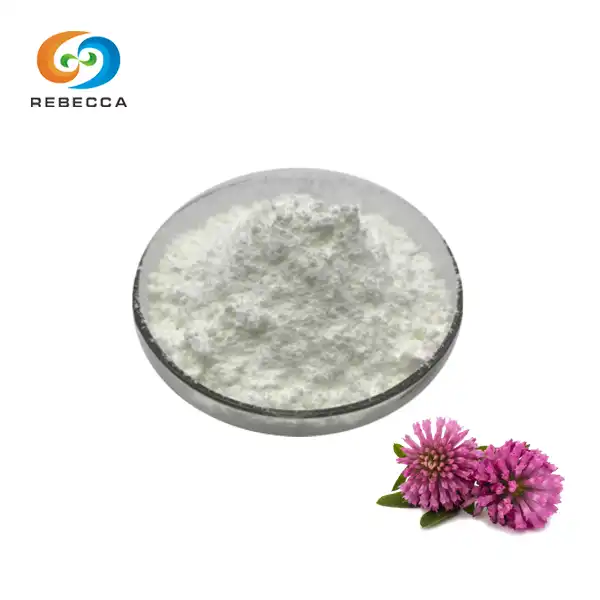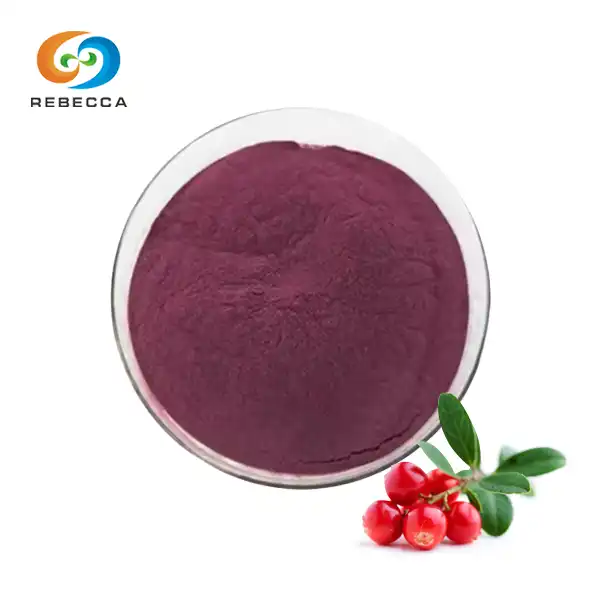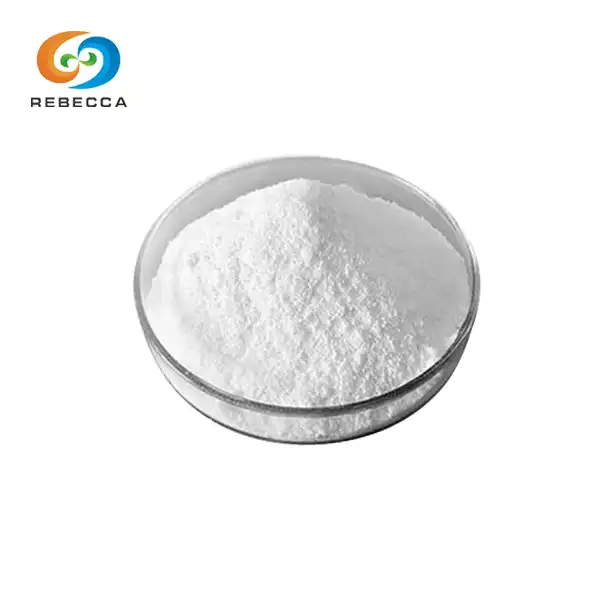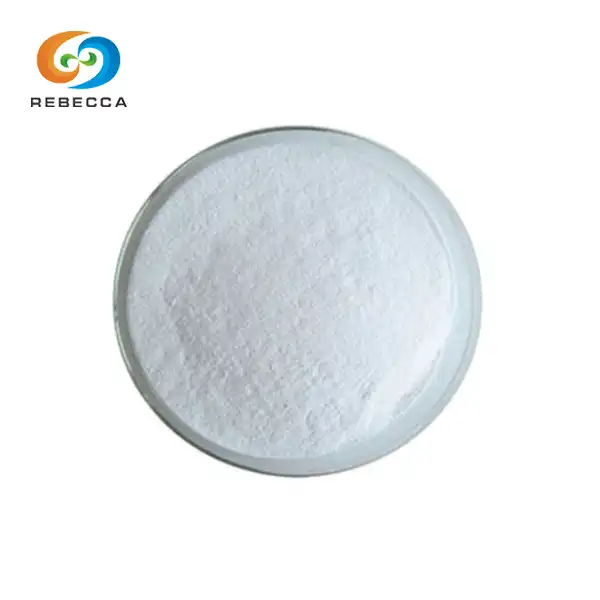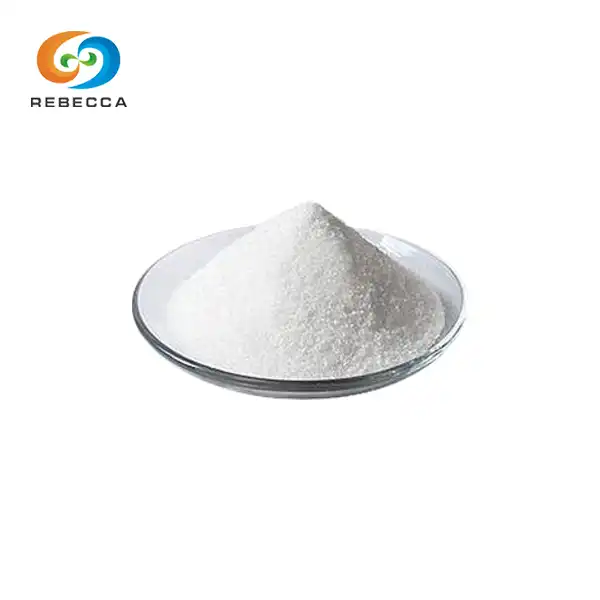Pterostilbene vs Resveratrol
In the domain of antioxidant agents, pterostilbene and resveratrol have developed as capable contenders, each gloating noteworthy wellbeing benefits. Both compounds have a place for a lesson of particles called stilbenes, found normally in different plants. Be that as it may, when it comes to strength and bioavailability, pterostilbene (CAS 537-42-8) shows up to have an edge over its more well-known competitor, resveratrol. the former, regularly accessible as pterostilbene powder, is basically comparative to resveratrol but shows upgraded assimilation and metabolic soundness. This deciphers to possibly more prominent viability in supporting generally wellbeing and wellness. Whereas resveratrol picked up notoriety for its nearness in red wine, pterostilbene extract has been discreetly making waves in the logical community for its predominant pharmacokinetic profile. By the conclusion of this article, you'll have a comprehensive understanding of why pterostilbene is progressively being recognized as a imposing player in the world of common wellbeing supplements.
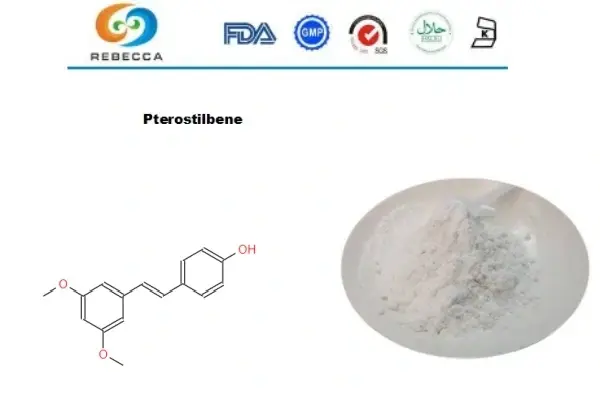
Introduction to Pterostilbene and Resveratrol
Chemical Structure and Natural Sources
They are both naturally occurring polyphenolic compounds found in various plants. They share a similar basic structure, with pterostilbene being a dimethylated analog of resveratrol. This slight structural difference contributes to its enhanced properties. Pterostilbene extract is primarily found in blueberries, particularly in wild blueberry species. It's also present in smaller quantities in grapes, cranberries, and some types of wood. Pterostilbene powder, extracted and concentrated from these natural sources, is commonly used in dietary supplements.
Resveratrol, on the other hand, is more inexhaustible in nature. It's found in tall concentrations in the skin of red grapes, as well as in peanuts, pistachios, and berries . The notoriety of resveratrol skyrocketed when it was connected to the potential well-being benefits of ruddy wine utilization.

Historical Use and Discovery
Whereas resveratrol has been examined broadly since the 1990s, pterostilbene's potential has as it were as of late come to light. Resveratrol gained attention due to the "French Paradox" - the observation that the French population had lower rates of cardiovascular disease despite a diet high in saturated fats. This phenomenon was partly attributed to their regular consumption of red wine, which contains resveratrol. Pterostilbene extract, although less known, has been used in traditional medicine practices for centuries. In Ayurvedic pharmaceutical, a pterostilbene-rich extract from the heartwood of Pterocarpus marsupium was utilized to treat diabetes and other metabolic disarranges. Modern scientific interest in pterostilbene intensified as researchers sought to identify compounds with similar or superior benefits to resveratrol.
Molecular Mechanisms of Action
Both them apply their impacts through different molecular pathways. They act as strong antioxidants, neutralizing hurtful free radicals and diminishing oxidative stretch in the body. Furthermore, they tweak different signaling pathways included in irritation, cell survival, and digestion system.
Pterostilbene extract (537-42-8) has been appeared to actuate SIRT1, a protein related with life span and metabolic direction. It moreover impacts the expression of qualities included in lipid and glucose digestion system, possibly contributing to its useful impacts on cardiovascular and metabolic wellbeing. Resveratrol so also enacts SIRT1 and has been found to impact the NF-κB pathway, which plays a significant part in irritation and resistant reactions. Both compounds have illustrated potential in directing apoptosis (modified cell passing) and autophagy (cellular "housekeeping"), forms that are vital for keeping up cellular wellbeing and anticipating the advancement of different maladies.
Bioavailability
Absorption and Distribution
One of the key factors that sets pterostilbene apart from resveratrol is its superior bioavailability. Bioavailability refers to the proportion of a substance that enters the circulation when introduced into the body and is able to have an active effect. Pterostilbene powder, when consumed orally, demonstrates significantly higher absorption rates compared to resveratrol. This enhanced absorption is primarily due to pterostilbene's chemical structure. The two methoxy groups in pterostilbene extract (compared to resveratrol's hydroxyl groups) make it more lipophilic, allowing it to pass through cell membranes more easily. Studies have shown that the bioavailability of pterostilbene extract is nearly 80%, while resveratrol's bioavailability is typically less than 20%. This means that a much larger portion of ingested pterostilbene reaches the bloodstream and target tissues, potentially leading to more pronounced biological effects.
Metabolic Stability
Another crucial aspect of bioavailability is metabolic stability - how long the compound remains active in the body before being broken down and eliminated. Here again, pterostilbene (537-42-8) demonstrates superiority over resveratrol. Resveratrol is rapidly metabolized in the liver and intestines, with a half-life of approximately 1-3 hours. This quick metabolism often necessitates frequent or high-dose supplementation to maintain effective levels in the body. Pterostilbene, conversely, exhibits a much longer half-life, estimated to be around 105 minutes in humans. This extended presence in the bloodstream allows it to exert its beneficial effects for a longer duration, potentially increasing its overall efficacy.
Cellular Uptake and Retention
The bioavailability advantage of pterostilbene extract extends to the cellular level as well. Studies have shown that pterostilbene is taken up by cells more readily than resveratrol, likely due to its increased lipophilicity. Once inside the cell, it tends to accumulate to higher levels and persist for longer periods compared to resveratrol. This improved cellular retention may contribute to its enhanced biological activities, as it allows for prolonged interaction with cellular targets and signaling pathways. The superior bioavailability profile of pterostilbene suggests that lower doses may be required to achieve therapeutic effects comparable to or exceeding those of resveratrol. This characteristic not only enhances the potential efficacy of pterostilbene supplements but also improves their cost-effectiveness for consumers.

Which is Better?
Comparative Efficacy in Various Health Conditions
When comparing them, it's crucial to examine their relative efficacy across different health conditions. While both compounds show promise in various areas, pterostilbene extract often demonstrates superior or comparable effects at lower doses due to its enhanced bioavailability.
In the realm of cardiovascular wellness, both of them have exhibited promise in diminishing inflammation, enhancing lipid profiles, and promoting healthy blood pressure levels. Nevertheless, certain research implies that pterostilbene might be superior in decreasing LDL cholesterol and triglycerides.
When it comes to cognitive abilities and neuroprotection, pterostilbene extract seems to hold an edge. Its capacity to traverse the blood-brain barrier more adeptly than resveratrol could play a role in its superior neuroprotective properties. Research involving animal models has indicated that pterostilbene can enhance cognitive performance and alleviate oxidative stress in the brain more effectively than resveratrol.
In terms of metabolic well-being, both substances have shown potential in boosting insulin sensitivity and glucose metabolism. However, pterostilbene has displayed encouraging outcomes in weight management and diminishing fat accumulation, which could be especially advantageous for individuals facing obesity or metabolic syndrome.
Safety Profile and Potential Side Effects
Both pterostilbene and resveratrol are generally considered safe when used as dietary supplements. However, their safety profiles differ slightly due to their distinct pharmacokinetic properties. Pterostilbene (537-42-8) has undergone several safety studies, including human clinical trials, which have reported no significant adverse effects at typical supplement doses.
Rebecca offers premium pterostilbene extract at competitive, manufacturer-direct prices. Perfect for health and wellness applications, our extract delivers consistent quality you can trust. As industry experts, we’re here to meet your specific needs with the best value on the market.
Take the first step toward success—contact us today at information@sxrebecca.com to learn more about our pterostilbene extract. Whether it’s detailed product specifications or pricing information, our team is ready to assist you.
References
1. Kapetanovic, I. M., Muzzio, M., Huang, Z., Thompson, T. N., & McCormick, D. L. (2011). Pharmacokinetics, oral bioavailability, and metabolic profile of resveratrol and its dimethylether analog, pterostilbene, in rats. Cancer Chemotherapy and Pharmacology, 68(3), 593-601.
2. Riche, D. M., McEwen, C. L., Riche, K. D., Sherman, J. J., Wofford, M. R., Deschamp, D., & Griswold, M. (2013). Analysis of safety from a human clinical trial with pterostilbene. Journal of Toxicology, 2013, 463595.
3. McCormack, D., & McFadden, D. (2013). A review of pterostilbene antioxidant activity and disease modification. Oxidative Medicine and Cellular Longevity, 2013, 575482.
4. Estrela, J. M., Ortega, A., Mena, S., Rodriguez, M. L., & Asensi, M. (2013). Pterostilbene: Biomedical applications. Critical Reviews in Clinical Laboratory Sciences, 50(3), 65-78.
5. Tsai, H. Y., Ho, C. T., & Chen, Y. K. (2017). Biological actions and molecular effects of resveratrol, pterostilbene, and 3'-hydroxypterostilbene. Journal of Food and Drug Analysis, 25(1), 134-147.
6. Kosuru, R., Rai, U., Prakash, S., Singh, A., & Singh, S. (2016). Promising therapeutic potential of pterostilbene and its mechanistic insight based on preclinical evidence. European Journal of Pharmacology, 789, 229-243.

